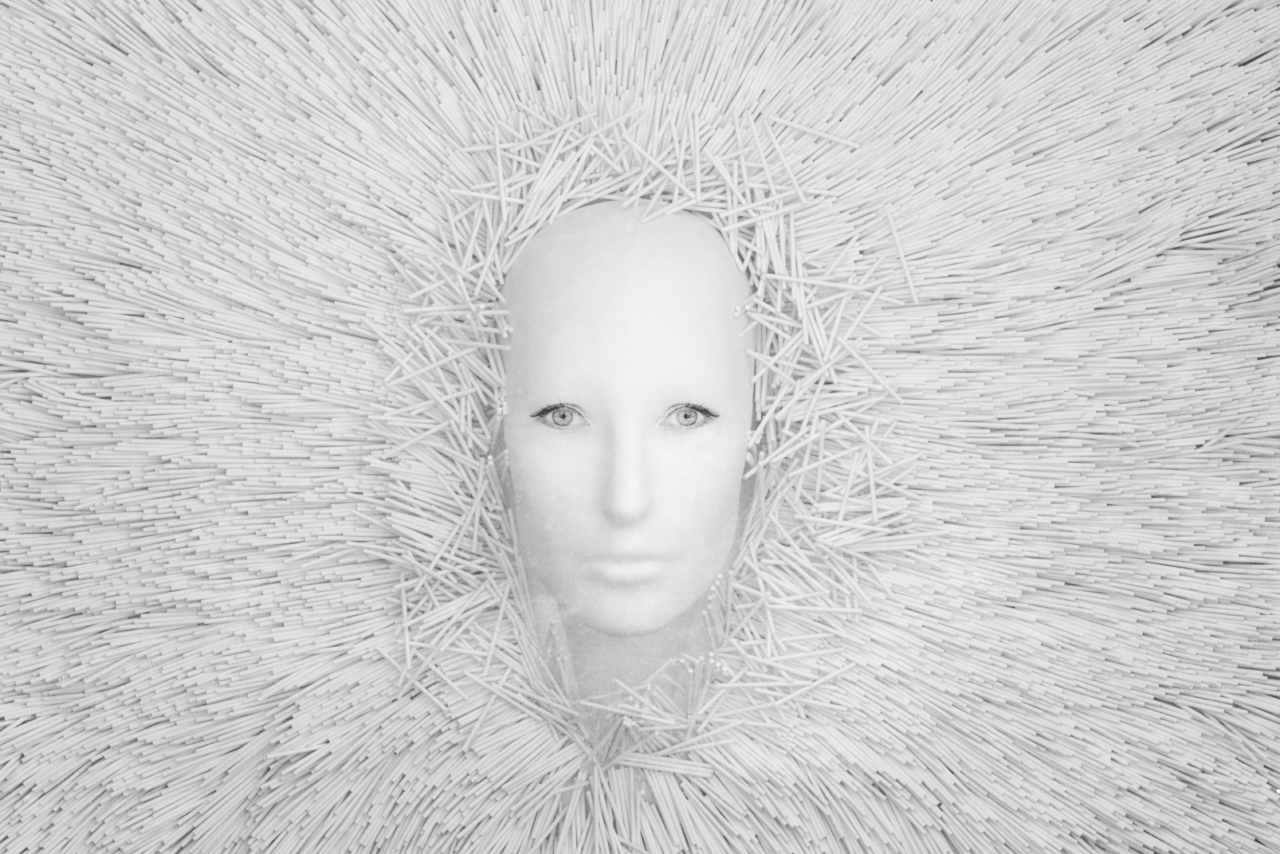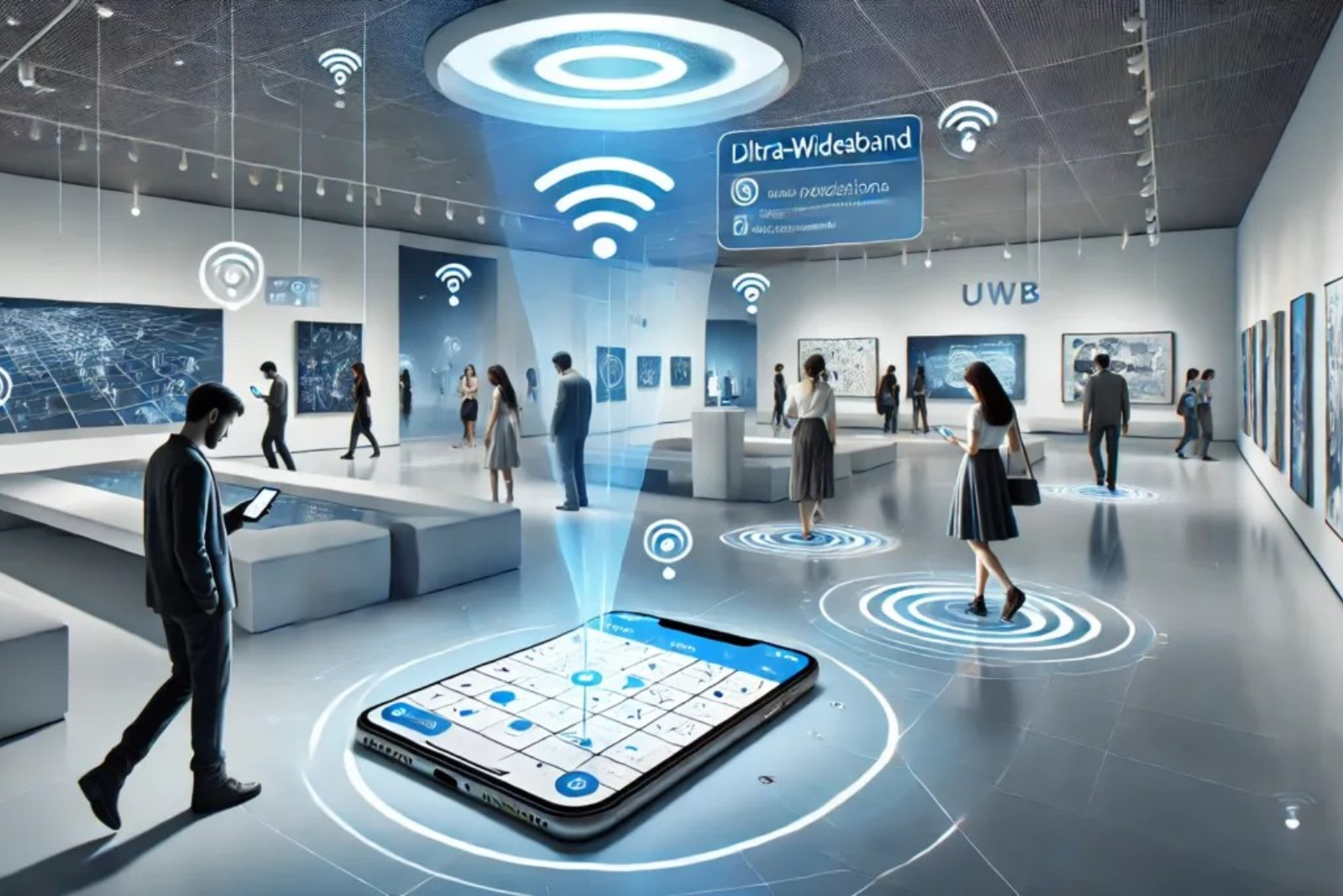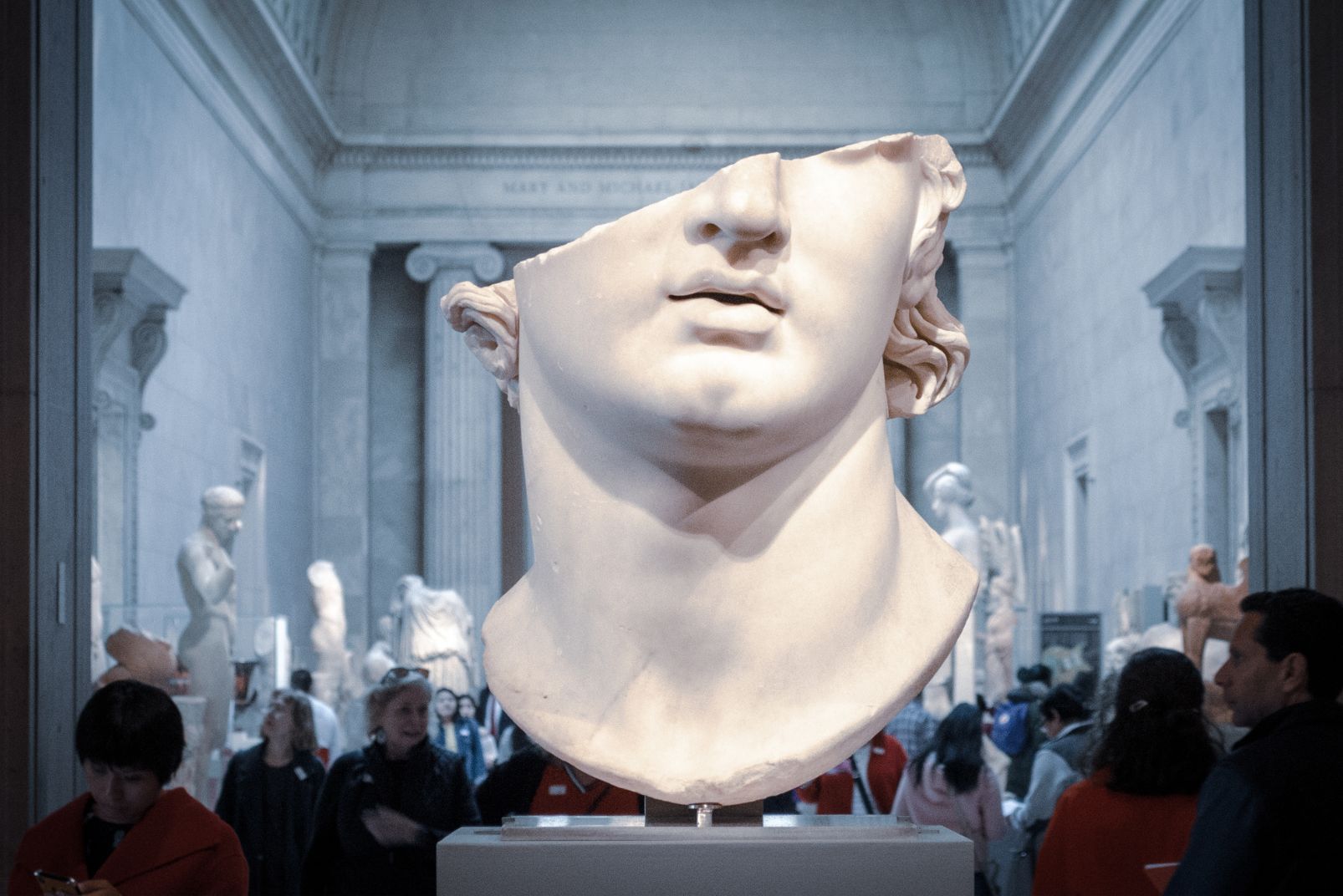How Artificial Intelligence is Transforming Museums
Artificial Intelligence (AI) is reshaping industries globally, and the museum sector is no exception. From curating exhibits to engaging visitors and preserving artifacts, AI is revolutionizing how museums operate. This article explores the various ways AI enhances museum curation, alongside the benefits and challenges it brings.

Data-Driven Exhibit Curation and Personalized Experiences
AI enables museums to analyze vast amounts of data, uncovering patterns and trends that guide curators in making informed decisions about exhibit content and layout. By examining visitor behavior, interests, and historical significance, AI can recommend which artifacts to display and how to present them for maximum engagement. AI-powered recommendation systems tailor experiences to individual visitors, suggesting exhibits and tours that match their preferences. Tools like Dexibit even forecast visitor trends, helping museums manage ticket availability and staff scheduling more effectively.
Virtual and Interactive Guided Tours
Museums are increasingly using AI-driven virtual assistants to enhance visitor interactions. For example, museums like The Smithsonian and Barcelona’s European Museum of Modern Art (MEAM) have introduced Pepper, a humanoid robot developed by Aldebaran Robotics. Pepper interacts with visitors by answering questions and sharing stories using a blend of voice, gestures, and an interactive touchscreen.
Alongside robots, AI integration into mobile and web apps is revolutionizing museum tours by offering personalized experiences based on visitor interests and behaviors. Chatbots within these apps provide real-time assistance, enhancing the museum experience by making it more engaging and informative.

Enhancing Accessibility
AI broadens accessibility for diverse audiences. It offers real-time translations of exhibit descriptions and audio guides, making content accessible to non-native speakers. AI-driven image recognition assists visually impaired visitors by describing artifacts and exhibits. Additionally, haptic feedback and sensory features can create more inclusive experiences for the elderly and those with disabilities.
Preserving, Restoring, and Redefining Art History
AI is pivotal in both preserving and restoring artifacts, as well as expanding our understanding of art history. Machine learning algorithms assess artifact conditions, predict deterioration, and recommend preventive measures. In restoration, AI provides precise recommendations based on historical records, aiding in tasks from detecting and repairing damage to cleaning artworks. As highlighted in Sahir Maharaj’s article, Reviving the Past: The Power of AI in Art Restoration “AI has the potential to restore artworks quickly, accurately, and affordably. It can detect damage, repair it, replace missing pieces, clean artworks, and assess color and style. AI could fundamentally change how art is restored, from old masters to modern pieces.”
Beyond preservation, AI is expanding the field of art history by analyzing extensive datasets to uncover patterns and connections across different periods and cultures. It also enhances the authentication of artworks with remarkable precision, deepening our understanding of cultural heritage. For instance, as detailed in the Nature.com article How AI is expanding art history , AI has played a key role in recovering missing parts of Rembrandt’s The Night Watch and reconstructing the probable colors of Gustav Klimt’s lost ceiling painting, Medicine.

Challenges and Ethical Considerations
While AI offers numerous benefits, its implementation in museums also presents challenges:
- Data Privacy: Ensuring visitor data is collected and used ethically.
- Bias in AI Algorithms: Addressing potential biases that could affect exhibit curation and visitor recommendations.
- Resource Allocation: Balancing investment in AI technology with other operational needs of the museum.
Conclusion
AI is transforming museum curation, offering new opportunities to enhance visitor experiences, preserve artifacts, and gain valuable insights. However, museums must address the associated challenges and ethical considerations to fully leverage AI’s potential. As technology evolves, AI’s role in museum curation is set to become even more sophisticated, unlocking exciting possibilities for the future of museums.
Explore our solutions for museums, including audio guide web apps and branded native apps. Integrate AI to elevate your visitor experience and unlock new possibilities.



